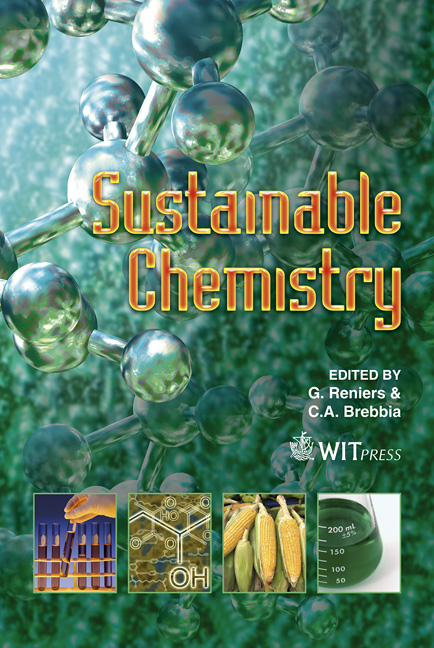Basic Study On Combustion Characteristics Of Waste Rice Husk And Emission Behavior From A New-type Air Vortex Current Combustor
Price
Free (open access)
Transaction
Volume
154
Pages
12
Page Range
199 - 210
Published
2011
Size
738 kb
Paper DOI
10.2495/CHEM110191
Copyright
WIT Press
Author(s)
Q. Wang, T. Maezono, Q. Chen, P. Apaer, Y. Wang, L. Gui, D. Niida, N. Mitsumura, M. Domon, I. Fujiwara & N. Yamaguchi
Abstract
There are large quantities of rice husk estimated around 3 million tons as agricultural waste every year in Japan. Air pollutants emitted from exhaust gases of rice husk incineration lead to very important environmental damage, not only because of the influence on global environment and climate, when released into the atmosphere, but also on human health due to the local air pollution. Therefore, it is necessary to effectively utilize the rice husk waste and to reduce the air pollution. We try to develop a new-type air vortex current small-scale combustor which can effectively combust rice husk as biomass energy instead of fossil oil fuel for farming-greenhouses heating during the winter season. In this study, we investigated if rice husk can be fed on the new-type air vortex current small-scale combustor and reduced fossil fuel. The new-type small-scale combustor is able to keep a constant high temperature (about 1000°C) even if the rice husk combustion is not under the best conditions. At the same time, it is also important to evaluate the emission behavior of harmful air pollutants emitted from the rice husk combustion with measuring carbonaceous and ionic composition of suspended particulate matter (SPM) in the exhaust gases from the new-type air vortex current combustor, and to reduce the pollutant emission by controlling the combustion conditions. From the analytical results of the size distribution of carbonaceous composition collected by an air sampler, it is shown that elemental carbon dominated in the coarse
Keywords
rice husk, combustion characteristics, small-scale combustor, air vortex current, exhaust gases, suspended particulate matter (SPM), carbonaceous and ionic analysis





